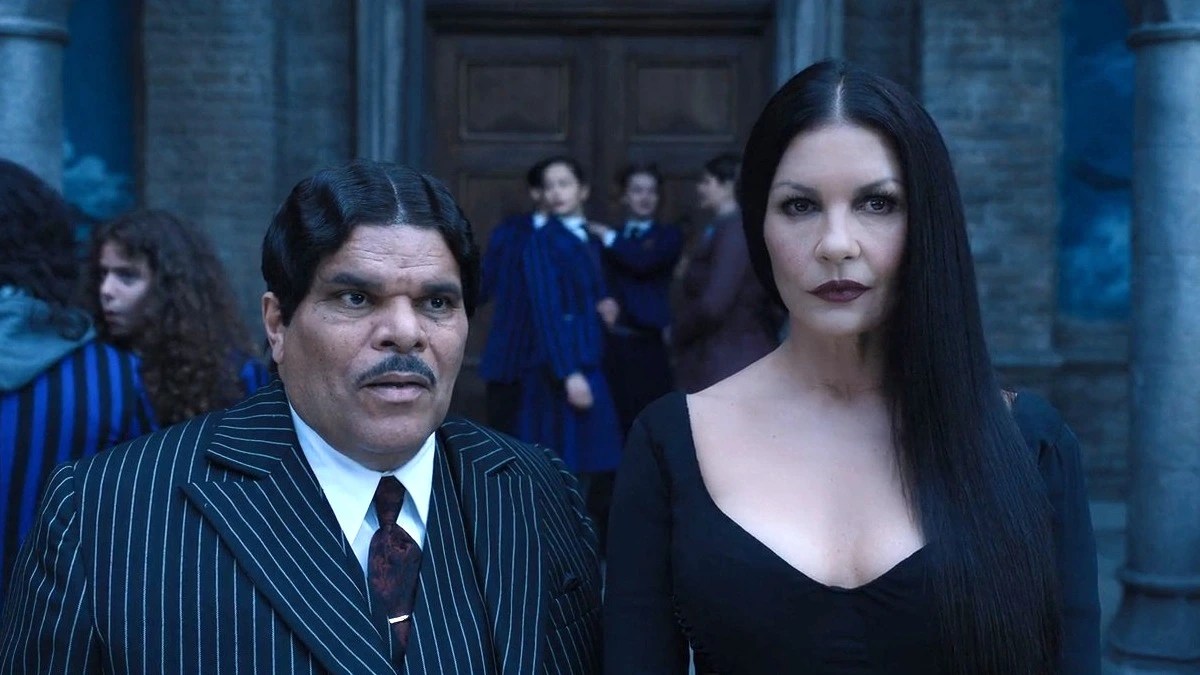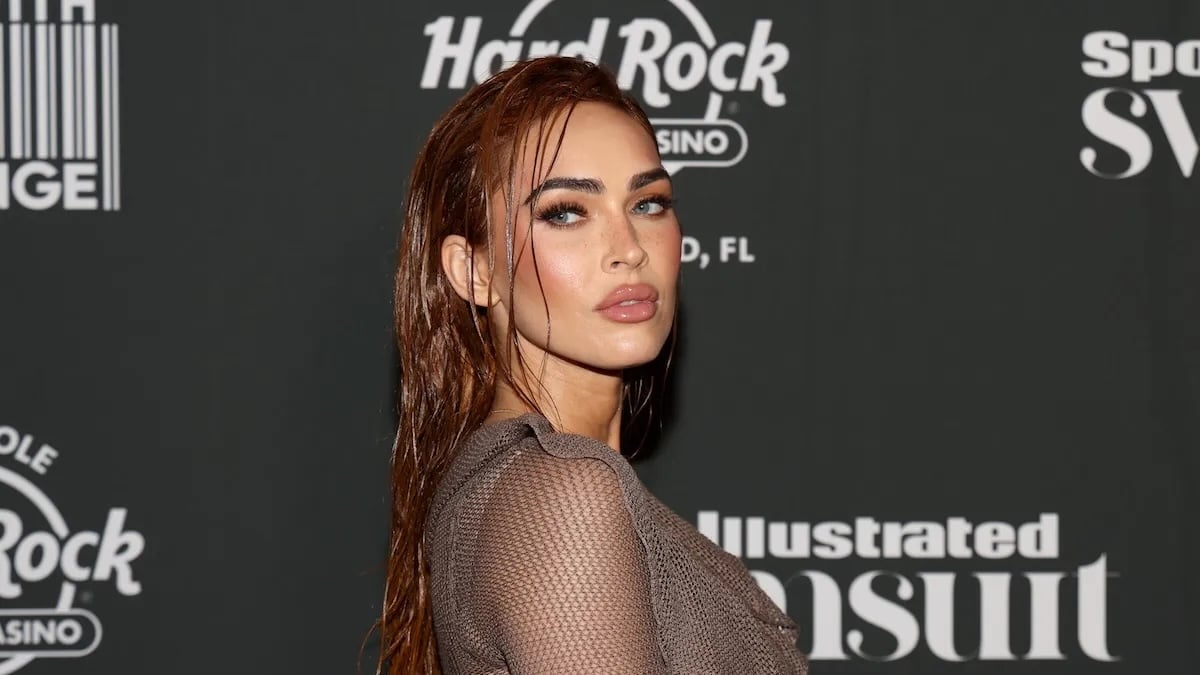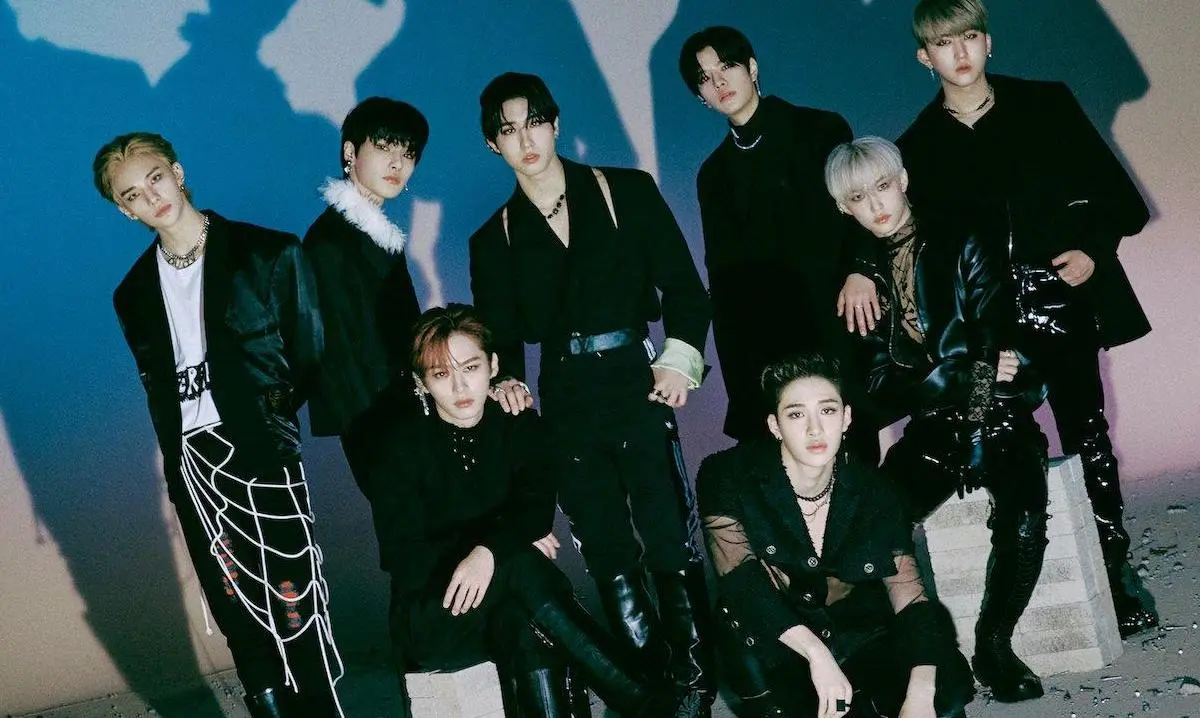There’s an odd phenomenon that happens in American media—this weird pattern of biracial leads having one white parent. Regarding biracial or multiracial representation in media, one of the character’s parents is almost always white. Look at Ginny & Georgia, To All the Boys I’ve Loved Before, The Babysitters Club, and High School Musical: The Musical. A mother of color is replaced by a white one or mysterious death. It’s almost as if, in American media, the commentary on race and ethnicity can only exist in contrast to whiteness.
This trend leads to a lack Latinx mothers, especially if a show isn’t marketed specifically as a Latinx American show. Shows that are explicitly Latin American often have the plot revolving around the characters’ ethnic and cultural background: On My Block, Jane the Virgin, One Day at a Time, or Ashley Garcia: Genius in Love, but outside of that, this phenomenon starts to emerge.
The TikTok
On TikTok, Dreamafromvenus argues that there’s a disappearance of the mother figure in Latin American media. She says that lately, there’s been “a problem here with the fetishization and colorism of the Latina mother figure.”
The creator starts the video by showing how white women typically play the role of the mother in Latin American families in fiction. She argues that there’s a pattern here and that this discourse started with In the Heights.
This was not well received by TikTok, since her original video was banned within 24 hours. The video was flagged and taken down for “Adult nudity and sexual activity.” The creator made a new video showing a screen recording of the original video and the reason why it was taken down:
It’s almost painfully ironic that a Latina’s voice was rendered invisible when commenting on how Latina mothers are missing in the media.
The stereotypes in American media
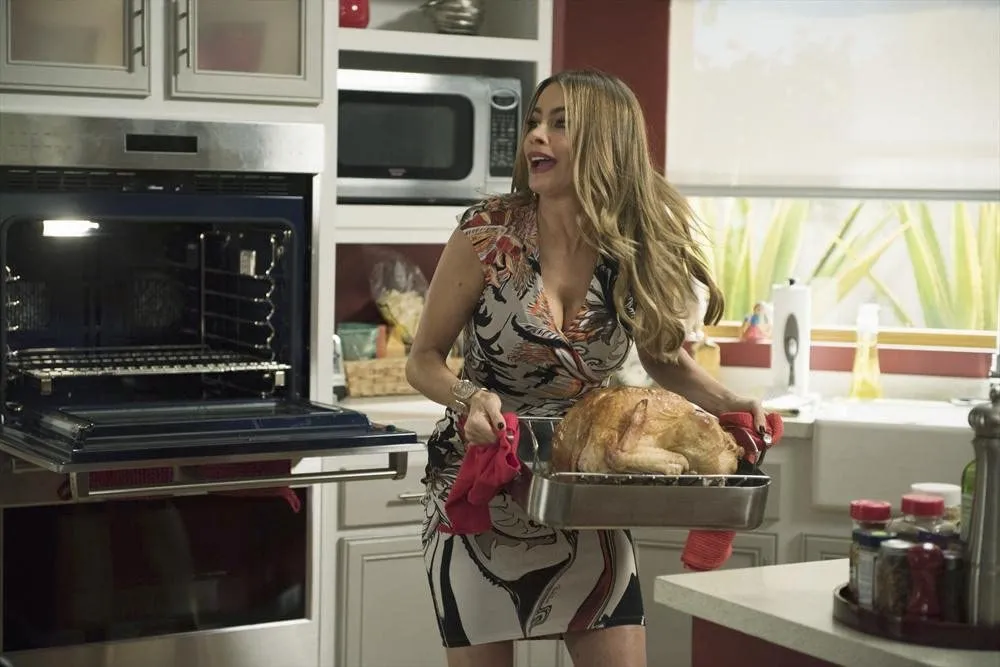
Even the representation that does exist isn’t necessarily good. Stereotyping Latina women is not new. I’ve been called “spicy” longer than I should have been. This has been painfully leaned into in American TV shows. Audiences expect Latin Americans to look, act, and talk a certain way and have certain careers.
And America’s preconceived notions of what Latin Americans look like? Sofía Vergara of Modern Family fame is famously a natural blonde but was instructed to dye her hair to cater to the American gaze. Her bombshell character felt like a caricature, but at least the writers toyed with audience expectations in playful ways while the show was still on the air. From anecdotal experience, it’s more common than not that Americans assume Latin Americans are Mexican unless you were lucky enough to grow up with a diverse Latin community. So when Vergara’s character was Colombian, it was exciting to see a different Latin community featured in a network TV show.
As previously mentioned, Latinas are hyper-sexualized in media. Although cheeky, the portrayal of Vergara’s Modern Family character checked off all the boxes of the stereotypical Latina. It wouldn’t be surprising if the subversive moves made with her character were completely overlooked by certain audiences because they were fixated on her appearance or accent.
Latinos in media
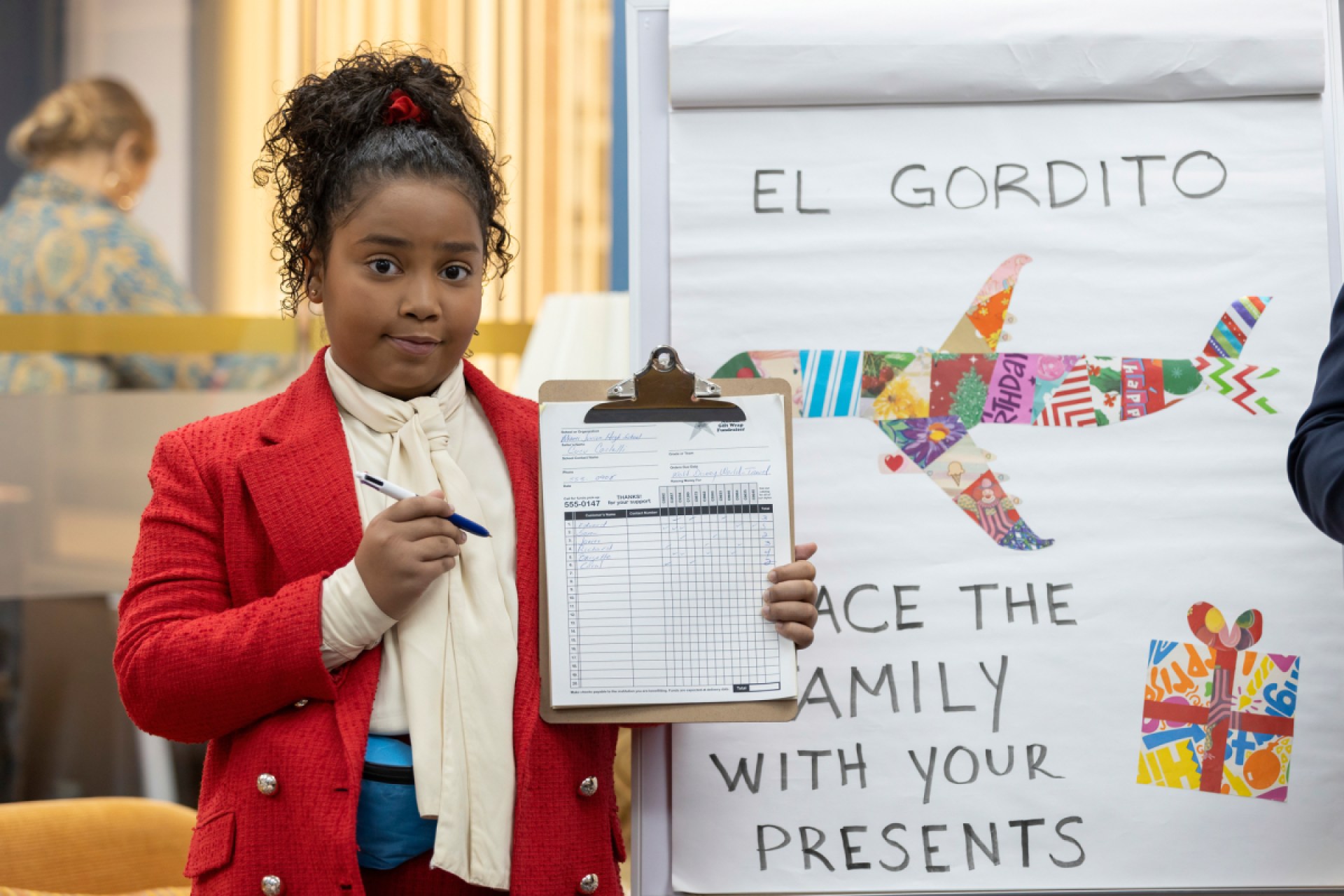
According to the Government Accountability Office (GAO) 2021 Workforce Diversity study, Latines only make up 12% of the media (film, television, publishing, and news) workforce, despite making up 18% of the overall U.S. workforce. To make matters worse, 19% of Latines who work in the media are service workers.
The breakdown is terrifying but not surprising as a Latine working in media. The stories currently being told in the media are not written by us, and when they are, those get canceled. Look at Gentefied on Netflix or Gordita Chronicles on HBO. It feels as if whenever shows featuring Latin characters written, directed, and produced by Latin creators come about, they get canceled.
The fact that there are few Latines in media is already troubling, but the few stories we have are portrayed by white actors. Look at James Franco, recently cast as Fidel Castro in Alina of Cuba. Then there was Justin Baldoni playing a Latino character in Jane the Virgin.
So why is it that when there’s a Latin family, the mother is either white or played by a white person? Please don’t get me started on the Italian actor-to-Latin character pipeline. Catherine Zeta-Jones playing Morticia Adams on Wednesday is definitely an example of the former. Her casting is an interesting choice (not because of Zeta-Jones’ talent) because passing down mystical, magical powers and wisdom is totally a Latina mother thing … Unfortunately, Catherine Zeta-Jones has played roles meant for Latinas more than once. She’s done so in The Mask of Zorro, Traffic, and Cocaine Godmother. Angelina Jolie also played a Latina in A Mighty Heart. Then, in the movie Drive, Carey Mulligan played a character who was originally Latina in the books.
Mestiza culture
It is beyond important to note that there is no singular monolithic Latin culture. The accuracy and relevance of the term “Latin America” are often debated within the community. Its existence isn’t to serve our diverse community but to simplify a geographic area that experienced Spanish colonization for Americans. What can Latine representation even look like if there’s no monolithic culture?
(Warning: Too many of my fun facts may center on Mexico because I’m Filipine-Mexican American, so that’s what I have the authority of and know the best. Not because I support Mexico being the default or “correct” culture.)
Latines can look like anything and be from anywhere. In fact, Filipinos arrived in the Americas (specifically Mexico) 20 years before the first permanent English colony was founded. A lot of Filipino ancestries were erased by the Spanish, leading to some secret Asian ancestry. I have tias, tios, primas, primos, and primes who have red hair, blonde hair, green eyes, and are victims of chronic sunburns, but that variation isn’t always represented well, even within Latine media. Latines’ ethnic backgrounds are complex because we’re of mixed descent. Many of us have Spanish and indigenous ancestry, which makes us look incredibly different.
Turn on any telenovela featured on the Telemundo network and you’ll slowly start to see a pattern. The villain usually has a darker complexion and hair, the maid is always short with defined upper lip hair or an obnoxiously placed mole, and the heroine/hero has light hair and a fair complexion. This can be traced back to the racist cultural quote “Mejorar la Raza,” which means to improve the race.
What isn’t depicted in American media (barely addressed in Latin media) is that there are racial hierarchies based on skin color. The history of race in Latin America is complex because it isn’t addressed in Latin American communities. Racism and colorism south of the U.S. border are swept under the rug as a thing of the past, when they’re anything but.
Mother-daughter relationships
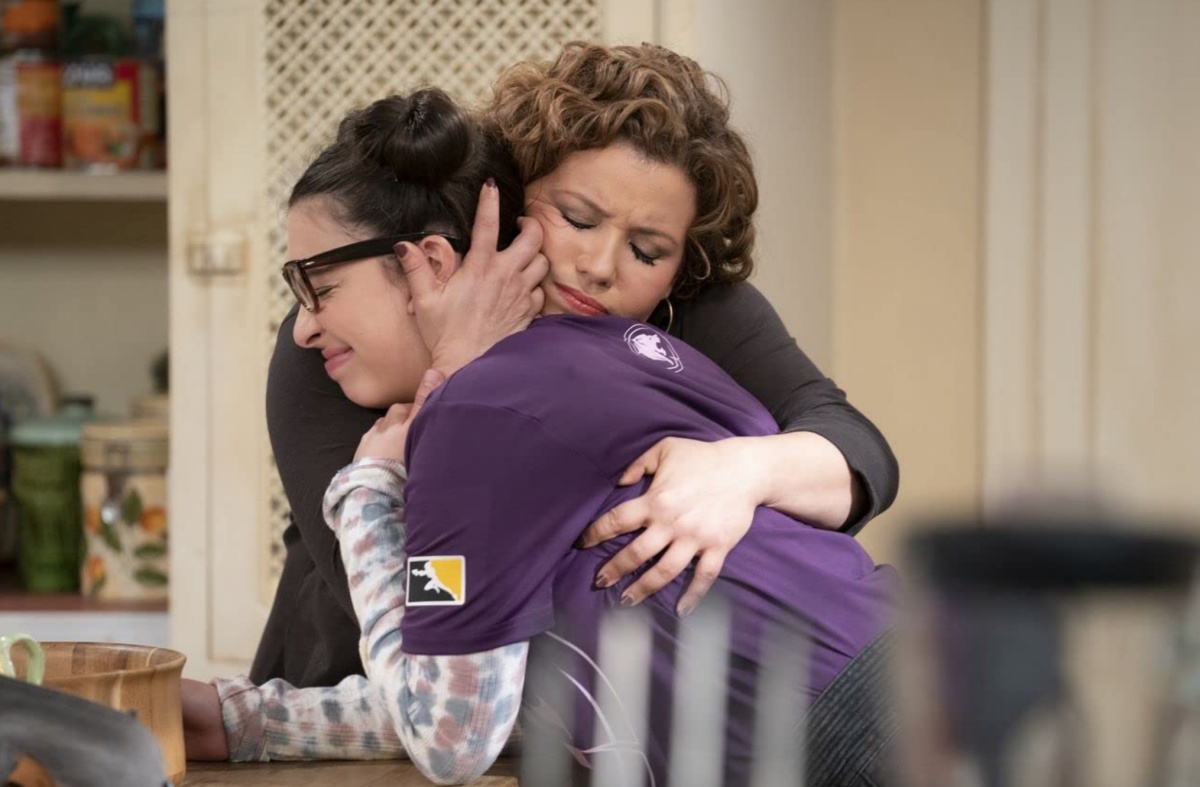
We already have so much going against us thanks to the lack of Latines in media. Most depictions are written by horny old white dudes, and the few depictions of Latine culture usually only focus on lighter-skinned Latines with light complexions and dark hair—which frankly looks like whoever is doing the casting is going for more Spanish than anything else.
If we look at Jenna Ortega’s on-stage mothers, we’ll see a revolving pattern. Her mother on Disney’s Stuck in the Middle is played by Cerina Vincent (an Italian woman). Then, in The Fallout, Ortega’s mom was played by Julie Bowen, who’s known for her role as Claire Dunphy in Modern Family. Then there’s Jennifer Garner, who plays Ortega’s mother in Yes Day. This is especially odd because Ortega is Mexican and Puerto Rican, but I guess her thin frame and lighter complexion read as biracial for casting directors.
I have nothing against mixed-race families on TV, especially considering that I’m the offspring of a Mexican and Filipino relationship. However, there is a terrible pattern of interracial families being half-white and half-something wildly “exotic.” *Nauseous gagging noises.*
Really, the complexity of mother-daughter relationships is a mixture of protecting the child from machismo and holding up problematic patriarchal cultural practices. I can only speak of my experience with a Mexican mother and grandmother who raised me. (Sorry, Dad, this article isn’t about you.) They’re often overbearing, overprotective, codependent, loud, and love too hard.
Better portrayals of Latinas
There are some portrayals of Latina mother-daughter relationships that we can look forward to. Erika L. Sánchez’s bestselling novel I Am Not Your Perfect Mexican Daughter is being adapted by America Ferrara. The movie is currently looking for someone to fill the lead role, so it’s still in the early pre-pre-production phase, but I’m beyond excited for the Netflix adaption. It’s one of the books that my mom and I bonded over because it reminded us of both of our relationships with our mothers.
For those who can’t wait, Eva Longoria has a production company called UnbeliEVAble Entertainment. The production company makes American telenovelas like Grand Hotel, the canceled Gordita Chronicles, and Telenovela.
Then there’s One Day at a Time, about a multigenerational household featuring mothers, even though the Cuban American show has been canceled and oftentimes felt like it was painfully preaching to white audiences via the white neighbor character, Schneider. Past the sitcom cringe is a story of one mother supporting her daughter’s journey through motherhood. The relationship between the three generations of women living in one household is the closest depiction of how I grew up.
Hopefully, there will be more projects in the future directed, produced, written, and starring Latin Americans for us.
(featured image: Netflix)



